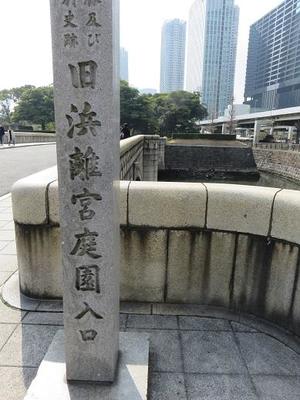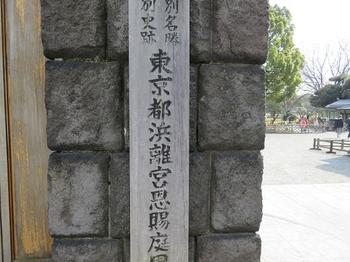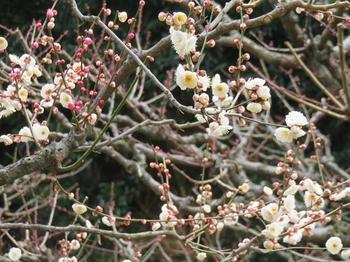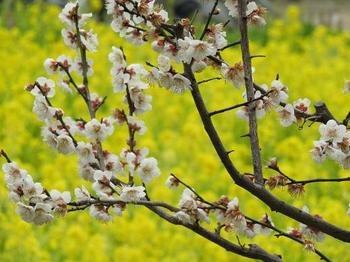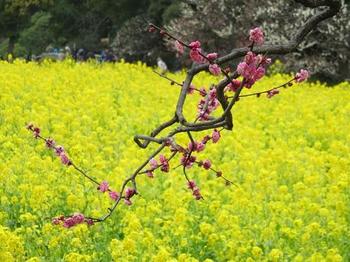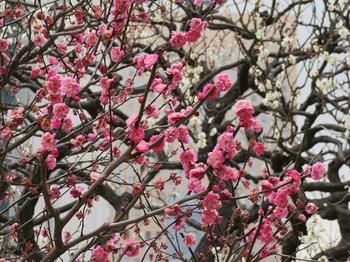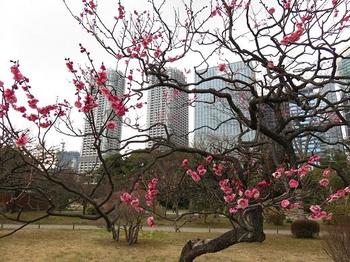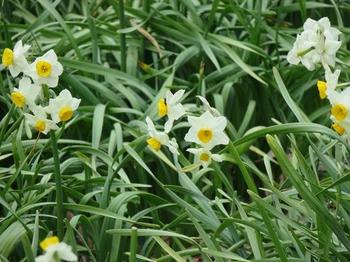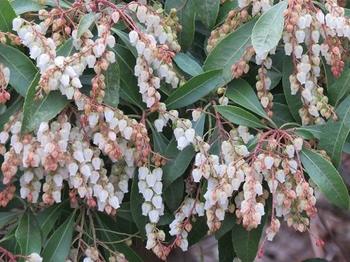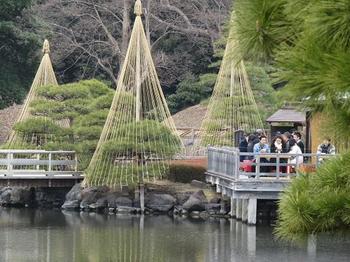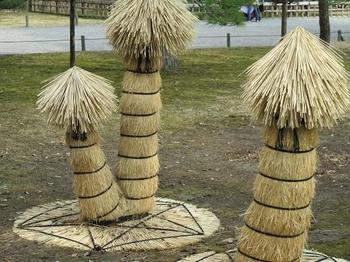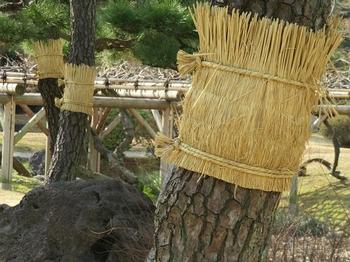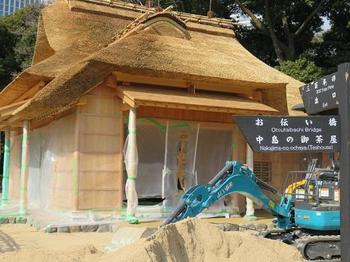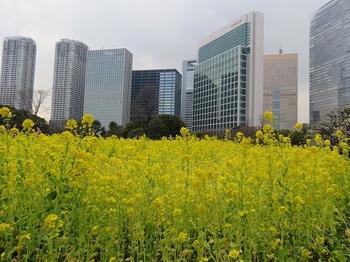 A swaying bird. This is a swaying projection created by sunlight reflected on the surface of the pond. (It's not a handshake photo!)
A swaying bird. This is a swaying projection created by sunlight reflected on the surface of the pond. (It's not a handshake photo!)

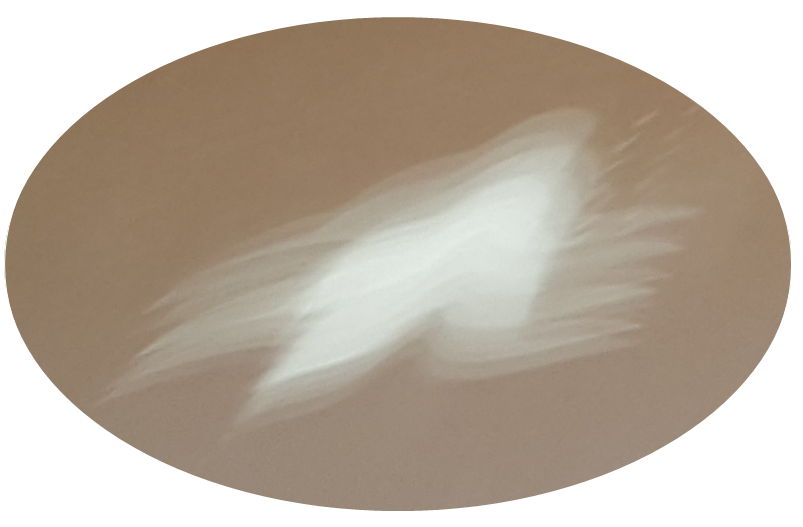
 It seems that only those who visited Matsuno Ochiya on the afternoon of a sunny winter day can see it.
It seems that only those who visited Matsuno Ochiya on the afternoon of a sunny winter day can see it.
 Matsuno Ochiya Special Opening is Thursday / 1:00 pm to 3:00 pm (cancelled during bad weather).
Matsuno Ochiya Special Opening is Thursday / 1:00 pm to 3:00 pm (cancelled during bad weather).
 The pine Ochiyaya was restored in 2010. It is a teahouse facing the Shioiri Pond and is one of the highlights of Hamarikyu.
The pine Ochiyaya was restored in 2010. It is a teahouse facing the Shioiri Pond and is one of the highlights of Hamarikyu.
 During the battle of Toba Fushimi (1867), Yoshinobu Tokugawa was raised by boat from Osaka Castle to Edo. It is said that it was Matsuno Ochiyaya that took a break for a while.
During the battle of Toba Fushimi (1867), Yoshinobu Tokugawa was raised by boat from Osaka Castle to Edo. It is said that it was Matsuno Ochiyaya that took a break for a while.
 Appearance (Matsuno Ochiya)
Appearance (Matsuno Ochiya)

 Shioiri Pond (faced from Matsuno Ochiya)
Shioiri Pond (faced from Matsuno Ochiya)

 If you visit during the winter season, you can't miss the watermark on the column board.
If you visit during the winter season, you can't miss the watermark on the column board.
 Watermark of Ranma plate Chidori (top photo)
Watermark of Ranma plate Chidori (top photo)

 Between the boards (right photo: Ranma board watermark photo left: Paste wall)
Between the boards (right photo: Ranma board watermark photo left: Paste wall)

 The sunlight reflected on the surface of the tide pond reflects the stagger pattern on the wall through the watermark on the column board.
The sunlight reflected on the surface of the tide pond reflects the stagger pattern on the wall through the watermark on the column board.
 Chidori (Ranma plate)
Chidori (Ranma plate)

 Projection of the column board (paste wall)
Projection of the column board (paste wall)
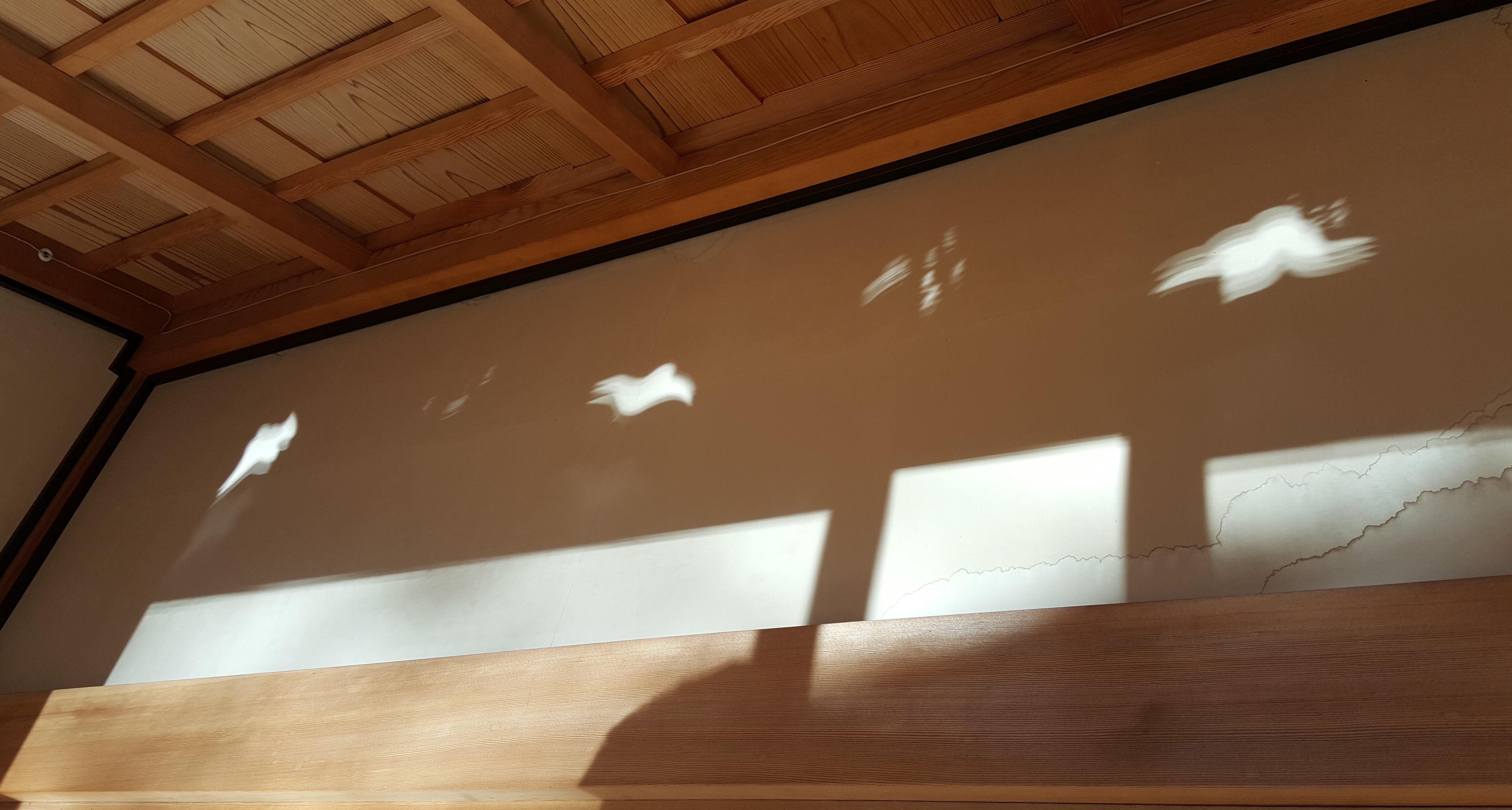
 As the surface of the water fluctuates by the wind, the light that passed through the staggered flat plate is also swaying....You can see it. You can clearly see it
As the surface of the water fluctuates by the wind, the light that passed through the staggered flat plate is also swaying....You can see it. You can clearly see it  with the naked eye.
with the naked eye.
 Matsuno Ochiya is a teahouse, so the use is different from the teahouse (chashitsu) that performs tea ceremony.
Matsuno Ochiya is a teahouse, so the use is different from the teahouse (chashitsu) that performs tea ceremony.
 Walking around the stroll garden, resting your tired body, watching the tide pond, eating, etc....Yeah. It seems that it was a special place where important customers invited by the general could relax.
Walking around the stroll garden, resting your tired body, watching the tide pond, eating, etc....Yeah. It seems that it was a special place where important customers invited by the general could relax.
 There were many things to see inside Ochiyaya, a pine tree in Sukiya-style Shoin-zukuri Architecture.
There were many things to see inside Ochiyaya, a pine tree in Sukiya-style Shoin-zukuri Architecture.
 Different shelves, round windows, Tsushoin, pinecone and cicada nails, yakusugi cedar ceilings, etc.
Different shelves, round windows, Tsushoin, pinecone and cicada nails, yakusugi cedar ceilings, etc.
 Different shelves
Different shelves

 Enmado
Enmado

 Tsukeshoin
Tsukeshoin

 A nail hide
A nail hide

 Affixed wall
Affixed wall

 Ceiling of yakusugi cedar
Ceiling of yakusugi cedar

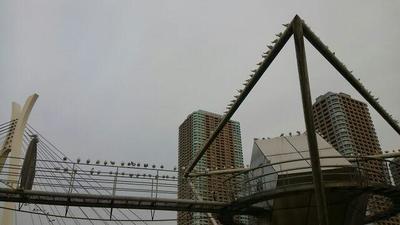
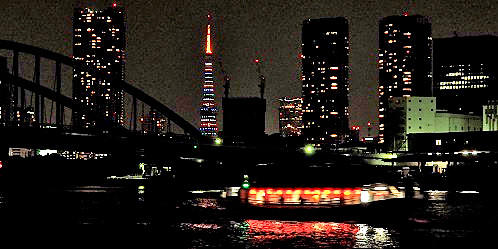
 On the night of February 24, ahead of the 12th Tokyo Marathon tomorrow, Tokyo Tower, one of the landmarks of the course, will be illuminated with a special lighting to commemorate the tournament.
On the night of February 24, ahead of the 12th Tokyo Marathon tomorrow, Tokyo Tower, one of the landmarks of the course, will be illuminated with a special lighting to commemorate the tournament.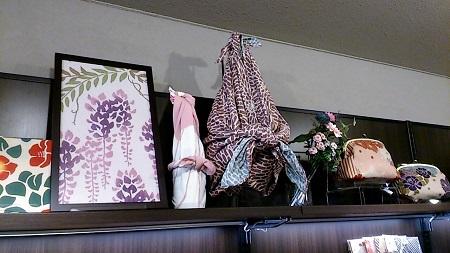
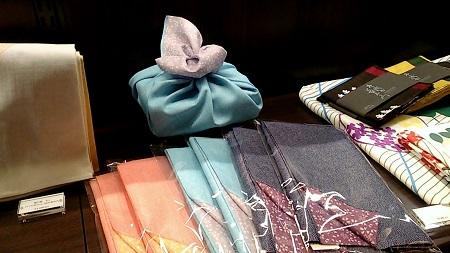
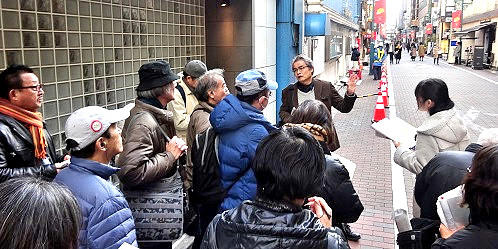
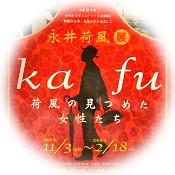 "Spring Cultural Properties Tour" hosted by Chuo-ku Folk Tenmonkan, which tours cultural properties such as historical heritage inside and outside the city by bus and foot.
"Spring Cultural Properties Tour" hosted by Chuo-ku Folk Tenmonkan, which tours cultural properties such as historical heritage inside and outside the city by bus and foot.